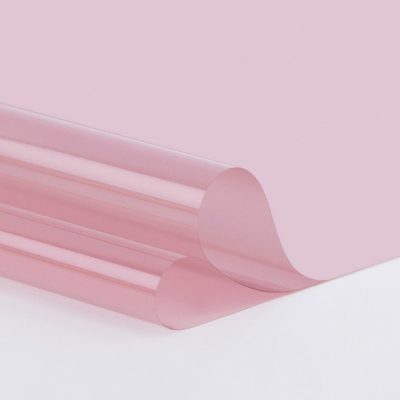The main component of paper is plant fiber to absorb moisture in the air, so the moisture content of paper changes with temperature and humidity. The water content of the paper changes, the paper expands and contracts, and water is required in the lithographic printing process. After the paper is in contact with water, the water content is also different. The size of the paper is difficult to keep the same, and printing is not allowed for color printing. Experiments have shown that the change of relative humidity in the general air is about 10%, the change of paper moisture content is about 1%, and the paper size is about 0.1%. Therefore, only the temperature and humidity of the printing site can be controlled to reduce the change of paper moisture content. Control scaling changes.
During the process of leaving the paper factory, transporting and storing paper, the paper is deformed by the influence of climate change. If the moisture content in the air is less than the moisture content of the paper, the moisture on the edge of the paper will evaporate “;edge”; when the moisture content in the air is greater than the moisture content of the paper, the edge of the paper absorbs moisture, and the moisture content in the middle of the paper is less, When the moisture content of the edge is large, the phenomenon of “; lotus leaf edge”; phenomenon; when the moisture content of the reverse side of the paper is different, the paper will appear “; curl. If the paper is deformed, the printing process cannot be wrinkled with the paper.
In order to reduce the failure of the paper during the printing process, make the water content of the paper meet the printing requirements, and adapt to the temperature and humidity of the printing environment, flat printing paper generally needs appropriate printing treatment, and the best treatment method is to use the dry paper method to make the paper meet the printing requirements. The temperature and humidity of the site make the moisture content of the paper even.









